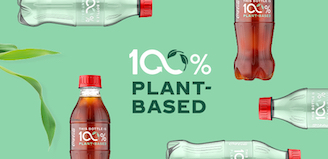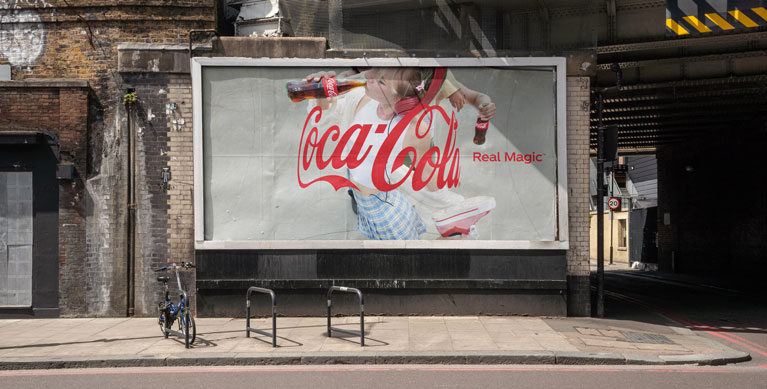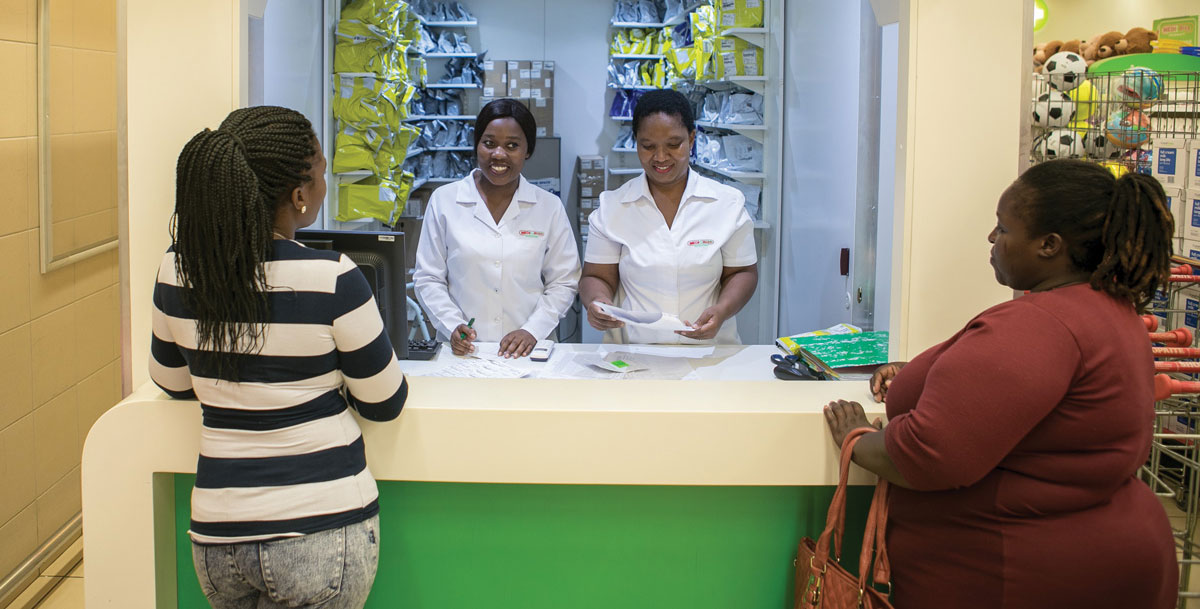
Pandemic Prompting Coca‑Cola to ‘Move Even Faster,’ CEO Tells Analysts
07-21-2020
Coca‑Cola navigated the second quarter of 2020 – which Chairman and CEO James Quincey called the toughest and most complex in the company’s history – through a combination of focus and flexibility.
“Thankfully, a good starting point matters,” Quincey said on July 21 during a conference call with analysts and investors that focused heavily on the impact of the coronavirus pandemic. “We went into the crisis in a strong position, and the system has rallied. There is a sense of optimism about what is possible as we move forward.”
The crisis is serving as a catalyst to accelerate the company’s “Beverages for Life” strategic transformation, Quincey said.
“We are already well on our way down this path and seeing good results,” he added. “The pandemic is prompting us to move even faster.”
Consumers will continue to spend money on commercial beverages and demand greater choice as markets reopen, driving a need for a diverse and strong brand portfolio and a powerful, scaled distribution system to supply that demand.
The “new reality” created by COVID-19 is challenging the company to fast-track several strategic priorities, including:
Prioritizing a portfolio that combines strong global brands and regional/scaled local SKUs.
“We are shifting to prioritizing fewer but bigger and stronger brands across various consumer needs,” Quincey said, noting that more than half of the company’s 400 master brands are only sold in one country and account for a combined 2% of total revenue. “At the same time, we need to do a better job nurturing and growing smaller, more enduring propositions and exiting ‘zombie’ brands’... We believe the best way forward is to be more choiceful and target bigger, more scalable bets and be disciplined in our experimentation.”
In China, Quincey noted, a focus on core sparkling brands at the height of lockdowns drove 14% growth of the category in the second quarter, led by Trademark Coke and zero-sugar offerings.
Quincey said the company will “go even deeper on this opportunity by streamlining brands,” citing the decision to discontinue Odwalla in North America and reinvest resources in brands like Minute Maid, Simply and Topo Chico.
Establishing a more disciplined innovation framework and new path for increased marketing effectiveness and efficiency.
“We are leading with global bets like the continued opportunity with reduced sugar offerings in brand Coke,” Quincey said. “We’ll also continue high-potential regional and local bets, like AHA flavored sparkling water in the U.S. … which captured double-digit retail value share in its first 18 weeks and has even more potential given its wide appeal.”
Growing concern for safety and hygiene is opening the door to innovations focused on functional benefits and contactless solutions, such as the recent introduction of touchless Coca‑Cola Freestyle fountain dispensers in the United States, which allow consumers to pour drinks from their phones in just a few seconds without creating an account or downloading an app.
The company is also rethinking its marketing by aligning creative advertising with market execution plans via purpose-driven, occasion-based initiatives like the new Coke and Meals-focused “Together Tastes Better” campaign. A second program called “Open to Better” will launch this summer with an invitation to enjoy the simple and important things in life. Both were designed for Coca‑Cola teams around the world to tailor and localize for their markets and channels.
Strengthening Revenue Growth Management (RGM) and execution capabilities.
Offering beverages people want at prices they can afford is increasingly important in an uncertain economic environment, Quincey said, noting that RGM is about more than price.
“It’s about offering a range of solutions to consumers at every part of the value chain and balancing profitability to maintain and grow our consumer base,” he said. This includes boosting availability of affordable refillable offerings in Latin America and replacing 500-ml Coke bottles in Japan with both larger and smaller pack options to drive transactions and revenue.
Coca‑Cola teams and bottling partners are partnering with customers to weather the impact of the crisis and adapt to changing shopper behaviors, supporting the grocery and modern trade channel to meet elevated demand and helping restaurants pivot to takeout and delivery models.
The “Open Like Never Before” campaign is supporting on-premise re-openings in Europe. And Coca‑Cola North America has helped more than 300,000 foodservice outlets through initiatives like the Rapid Response Resource.
Digitization continues to be a key priority for the company, which recently appointed a Global VP of Offline to Online Digital Transformation to unify and scale a holistic e-commerce strategy. Other second quarter highlights include working with large restaurant delivery intermediaries in North America to add value bundles to more than 4,500 restaurant menus; adding more than 8,000 customer outlets to the MyCoke B2B ordering platform; and expanding direct-to-consumer platforms like Coca‑Cola En Tu Hogar in Latin America.
Close collaboration with bottling and supply chain partners – and an agile, networked culture – are powering these initiatives.


